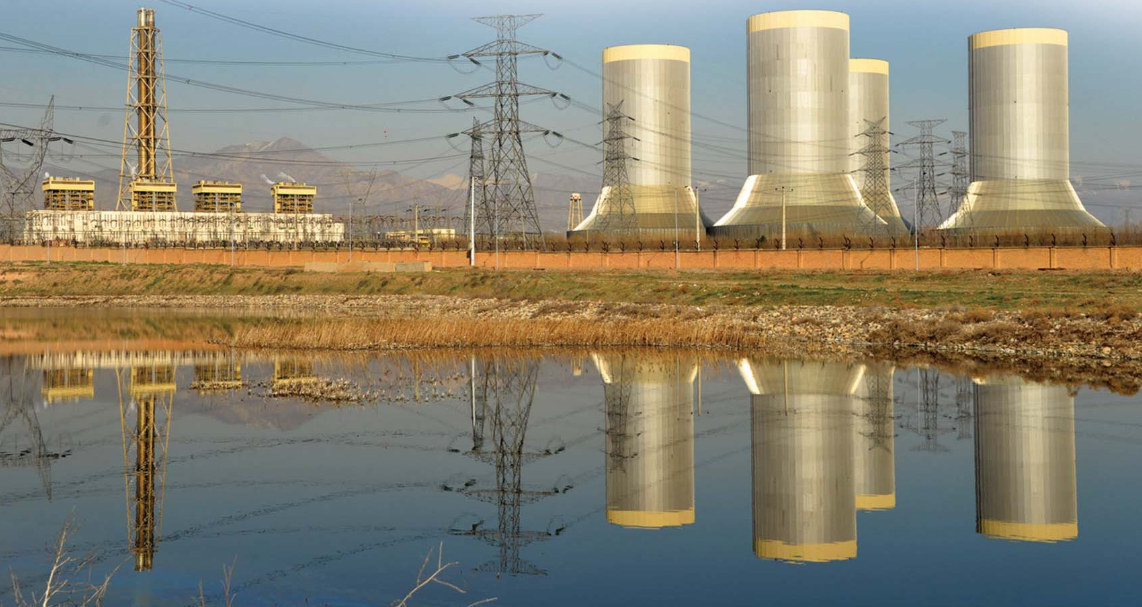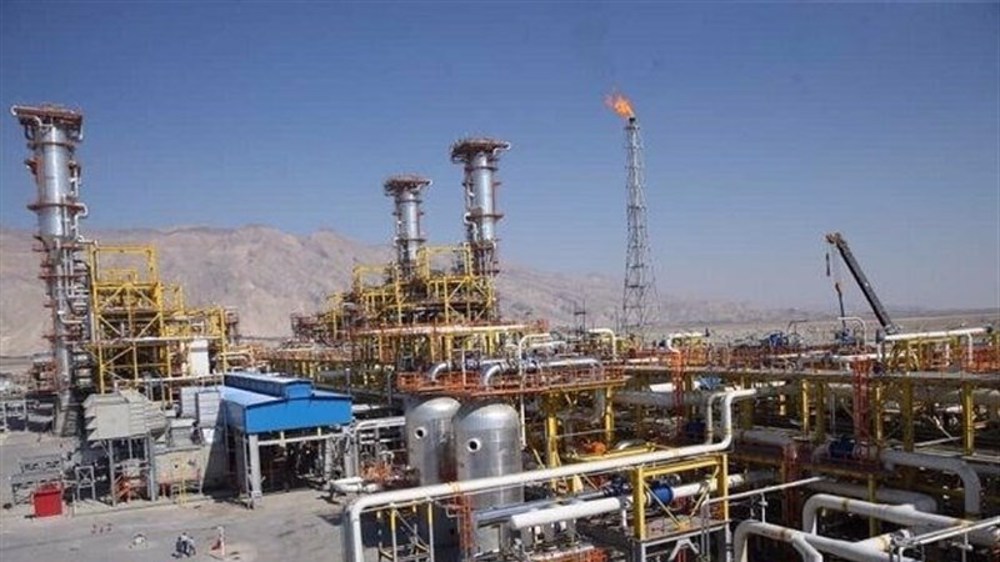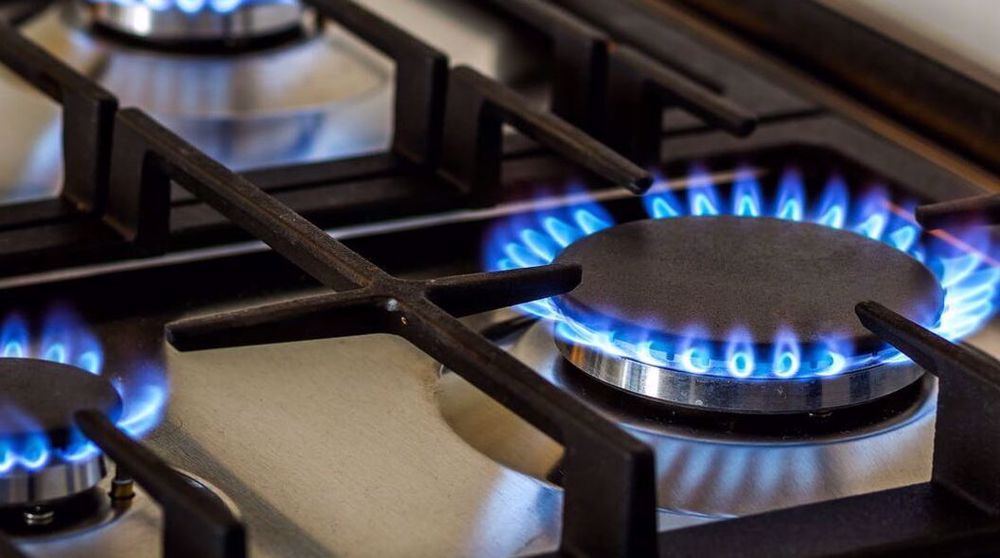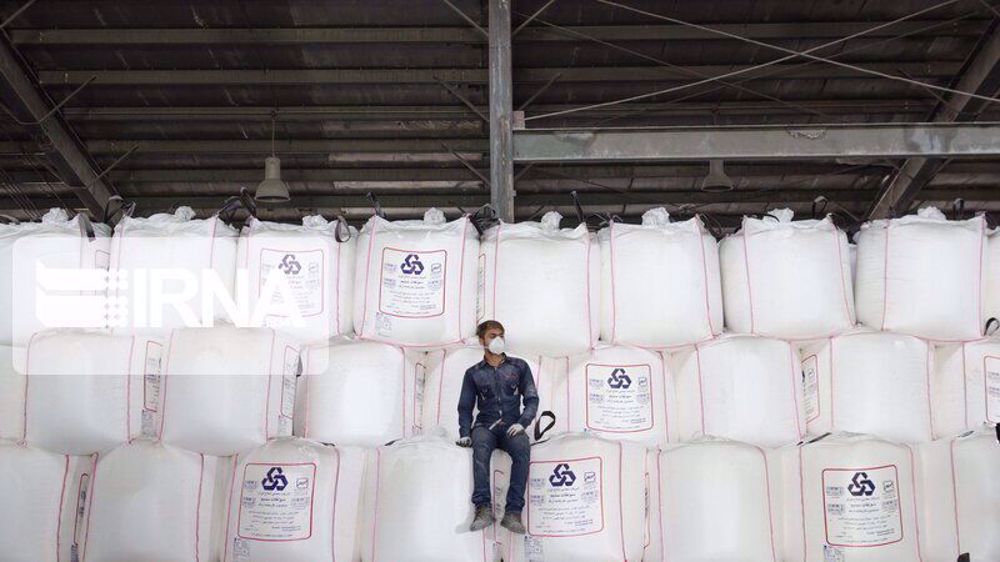Iran to build 10,000 MW of power plants after blackouts
Iran's outgoing government has given approval to install more than 10,000 megawatts of new power capacity by the industrial sector, an energy official says.
The country was hit by a series of power outages this month, which critics blamed much of it on the government's underperformance in establishing new power plants to keep up with runaway demand.
Heavy industries such as steel and cement bore much of the brunt after being told to cut power consumption to 10 percent of their normal operation, media reports said.
It prompted the Ministry of Mine, Trade and Industry and the industrial sector to put an official request with the Ministry of Energy for investment in thermal power plants, head of Thermal Power Plants Holding Company (TPPH) Mohsen Tarztalab said Tuesday.
"We received their official request four days ago and today, a permit was issued for the construction of these combined cycle power plants so that the industrial sector, which is the most energy-intensive part of the country, can build power plants for itself," he said.
Hence, the construction of 10,536 MW of power plants was entrusted to the industrial sector, Tarztalab said, adding it will require 6 billion euros of investment and take three years to build them.
According to Energy Minister Reza Ardakanian, Iran produces 60,000 MW of electricity - 50,000 MW thermal and 10,000 MW hydro – "provided that all dams are full and all thermal power plants operating".
However, premature heat resulting in the warming of five degrees Celsius in the first month of spring combined with drought led to a sharp drop in output from hydropower plants.
The searing hot and dry summer has seen the mercury reaching highs of more than 50 degrees Celcius in the major city of Ahvaz in southern Iran and consumers cranking up air conditioners.
Moreover, the craze for cryptocurrency mining has put increasing strain on electrical grids. According to Ardakanian, about 320 MW has been allocated to licensed crypto mining, but estimates put the use of electricity by illegal energy-guzzling machines north of 2,000 MW.
Iran has stepped up crackdown on the illegal mining of cryptocurrencies. Last month, Tehran's police chief said 7,000 computer miners had been seized in an abandoned factory in the west of the capital, in one of the largest hauls.
Cheap state-subsidized power has attracted miners from China and elsewhere to Iran. In crypto mining, powerful computers compete with each other to solve complex mathematical problems. The first miner to solve the problem is rewarded in bitcoin and the transaction is added to the blockchain or digital ledger.
The intensity of electricity consumption began to grow in the last days of June, hitting an all-time record of 66,000 MW, which caused large blackouts across the country.
Officials say household and commercial sectors account for the bulk of the sudden rise in consumption. However, the situation has stabilized in recent days and outages have become rare.
Meanwhile, initial reports citing a cocktail of high temperatures, drought and cryptocurrencies as the culprit have given way to other speculations. One report lost amid a tangle of questions touched on an emergency meeting of executives of about two dozen private corporations generating 36,000 MW of power. According to media reports, the only vociferous message coming out of the meeting was that electricity prices in Iran were too low and had to be "balanced".
In the retrospect, Iran's new power generation plans have been put on the back burner under the most draconian sanctions imposed on the country by the former Trump administration.
Before former US president Donald Trump reimposed sanctions on Iran in May 2018, the Islamic Republic expected its installed renewable capacity to grow at least sevenfold over the next five years.
However, Norway’s Saga Energy cancelled a $2.9 billion deal to install 2,380 MW in renewable capacity in the oil-producing country.
British firm Quercus had signed a deal to help build the world’s sixth-largest solar farm in central Iran, investing over half a billion euros, but it abandoned the project in fear of the US sanctions.
Dutch energy firm Global Renewables Investments (GRI) planned to build up solar and wind farms that could produce up to 1,700 MW of electricity, but it followed its European peers in leaving Iran.
Nevertheless, renewable energy is booming in Iran. Last year, the International Renewable Energy Agency (IRENA) said Iran dominated the Middle East’s renewable production capacity which rose 13 percent to 22,710 MW in 2019.
Iran accounted for 57 percent of the Middle East’s total in 2019 and 63 percent in 2018, the agency said in a report.
The country's plan is to install 5,000 of renewables by 2022, according to officials. Iran is a signatory of the 2015 Paris climate agreement committing 195 nations to limit their carbon emissions.
Scientific studies suggest that Iran can increase electricity generation from the renewables to up to 80,000 MW, of which around 80 percent can come from the solar energy.
Increase in renewable capacity can also allow Iran to free up a significant amount of natural gas burnt in thermal power plants and feed it to export pipelines.
'Gaza has won': Social media users react to ceasefire with mix of relief, joy
Iran seeks South Korea’s assistance for AI, fiber-optic projects
VIDEO | Iran's 'Eqtedar' (Power) maneuver
Israel hits HTS military target in Syria for 1st time since fall of Assad
VIDEO | Press TV's news headlines
Israel has slaughtered 13,000 students in Gaza, West Bank
VIDEO | More Zionist than Zionists: Biden’s legacy to be defined by Gaza genocide
Hamas confirms handing approval of Gaza ceasefire deal to mediators











 This makes it easy to access the Press TV website
This makes it easy to access the Press TV website